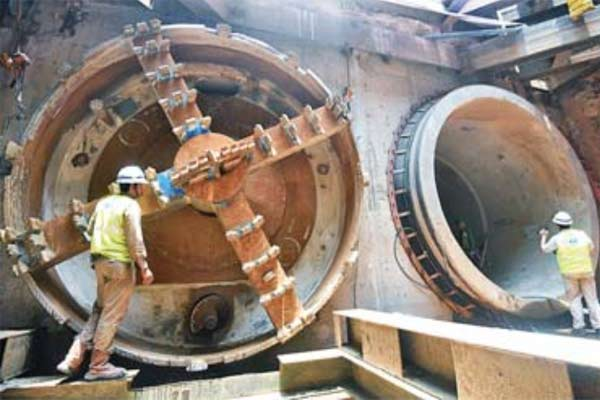
In the midst of world economic conditions that are still sluggish and wrapped in uncertainty, economic growth this year is estimated to be at the level of 5 percent-5.1 percent. Within the G-20 group, the realization of economic growth of this magnitude was the third-highest.
Even so, compared to other countries in Asia, such as India, Vietnam and the Philippines, the realization of Indonesia's growth is still lagging behind. These three countries are able to grow above 7 percent. In other words, the realization of this growth is still far from its potential. So, it must be encouraged and maximized.
Why does Indonesia need growth higher than what is currently created? Of course, it is inseparable from the demographic bonus that is currently enjoyed by Indonesia, which is characterized by a young and productive age which causes the number of job seekers to increase each year.
At present, at least 2 million job seekers enter the labor market each year. Meanwhile, every one percent of economic growth created can only absorb around 200-300 thousand people. In other words, the economic growth created at this time has not been able to absorb all those job seekers.
As a result, those who are not absorbed will become new unemployed. However, some of them, instead of being unemployed, ended up choosing 'swerving' to work in the informal sectors, such as online motorcycle taxis.
The informal sector has indeed contributed to reducing unemployment. This is reflected in the decline in the Open Unemployment Rate (TPT) in August 2016 by 530 thousand people to 5, 61 percent (yoy) compared to August 2015 by 5.81 percent (yoy). However, it should be noted that the informal sector does not contribute significantly to improving the quality of growth and the economy as a whole.
For this reason, policies are needed so that job creation that occurs in formal and occurs on a large scale. Here, labor-intensive sectors, such as manufacturing, are continuously encouraged.
Unfortunately, since 2004, the contribution of the manufacturing sector to Gross Domestic Product (GDP) has continued to shrink and growth has always been below GDP growth.
Indonesia also has long experienced a process of deindustrialization. In fact, a country whose economy is developed and developing will be very strongly supported by the strength of its manufacturing sector.
In addition to the manufacturing sector, a sector that has the potential to absorb large numbers of workers, but has not yet been maximized, such as the agriculture sector, the tourism sector, and the marine and fisheries sector.
Infrastructure Support
However, to be able to encourage labor-intensive sectors, a number of prerequisites are needed. One of them is the availability of reliable and adequate infrastructure support.
So far, there has been an improvement in the condition of infrastructure. This is reflected in the 2016-2017 Global Competitiveness Index (GCI) released by the World Economic Forum (WEF) last October.
Indonesia's infrastructure competitiveness index rose from rank 80 (2015) to 60 (2016). Even so, it is still relatively high compared to other countries in the region, such as Malaysia, Singapore, and Thailand.
The improvement in the infrastructure competitiveness index cannot be separated from the government's commitment to accelerate infrastructure development. This commitment can be seen from government policies to simplify licensing and increase infrastructure spending allocations.
The creation of infrastructure will have a positive impact on the economy. A number of studies have confirmed this. Calderon (2011) states that economic growth is positively and significantly related to the stock and quality of infrastructure in a region.
Alternative Financing
Even so, with Indonesia's position as an archipelago, it takes time to be able to create connectivity. In addition, very large funding is also needed.
Based on Bapennas studies throughout 2014-2019, the total investment needed to develop various infrastructures is estimated to reach Rp5,519 trillion.
Financing capacity through the APBN is very limited. Only about 10-15 percent of the total investment. Moreover, amid the current economic downturn, the capacity of the state budget is increasingly limited.
For this reason, alternative financing is needed. The private sector is at the forefront. However, the private sector is only interested in financing infrastructure projects that have good and profitable prospects. In fact, many regions in Indonesia do not meet the criteria requested by the private sector.
That is why these conditions must be taken over by SOEs. Even so, the capital capacity of SOEs is also limited. Moreover, in 2017, SOEs will no longer accept state capital participation (PNM) which can be used to increase leverage.
"Asset securitization is a potential alternative source of funding for building infrastructure.”